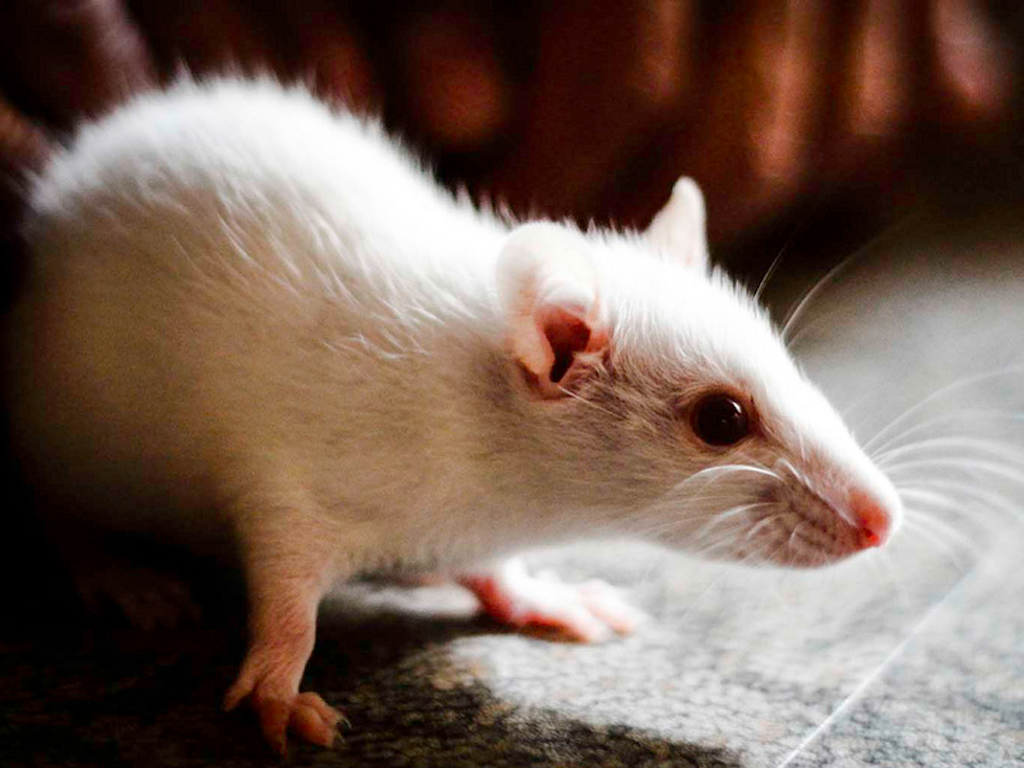Scientists cure blindness in mice with 'simple' genetic procedure that could work on humans
'There are many blind patients in our clinics and the ability to give them some sight back with a relatively simple genetic procedure is very exciting'

Your support helps us to tell the story
From reproductive rights to climate change to Big Tech, The Independent is on the ground when the story is developing. Whether it's investigating the financials of Elon Musk's pro-Trump PAC or producing our latest documentary, 'The A Word', which shines a light on the American women fighting for reproductive rights, we know how important it is to parse out the facts from the messaging.
At such a critical moment in US history, we need reporters on the ground. Your donation allows us to keep sending journalists to speak to both sides of the story.
The Independent is trusted by Americans across the entire political spectrum. And unlike many other quality news outlets, we choose not to lock Americans out of our reporting and analysis with paywalls. We believe quality journalism should be available to everyone, paid for by those who can afford it.
Your support makes all the difference.The most common form of blindness in young people could be at least partially cured using gene therapy, a new study in mice suggests.
Researchers managed to restore sight to mice affected by retinitis pigmentosa after reprogramming their remaining retinal nerve cells.
These were not light-sensitive but were altered by the technique to give the mice a degree of vision.
A separate study, also in mice, found gene editing could be used to stop the progress of glaucoma and the scientists said the same technique might work in humans.
One of the researchers in the retinitis pigmentosa study, Dr Samantha de Silva, of Oxford University, expressed optimism about the implications of their work.
“There are many blind patients in our clinics and the ability to give them some sight back with a relatively simple genetic procedure is very exciting,” she said.
“Our next step will be to start a clinical trial to assess this in patients.”
A paper in the journal Proceedings of the National Academy of Sciences (PNAS) said the results of the mice trials “suggest that this approach may be clinically useful in vision restoration in patients with end-stage” retinitis pigmentosa.
“We demonstrate ... restoration of visual function, indicating that this therapy could be stable and efficacious in the treatment of patients with end-stage retinal degenerations,” it added.
A number of tests were used to work out how much vision had been restored to the mice, including “light avoidance”.
“Wild-type animals with functional rods and cones [eyes] show aversion to bright light,” the paper said.
“Treated mice spent less time in the bright chamber compared with control mice, which showed an apparent preference for the bright chamber.
“This may be due to an inability of control mice to detect the difference in brightness between the two chambers resulting in exploration being guided primarily by nonvisual cues, for example, subtle differences in temperature, auditory, or olfactory cues.”
Professor Alan Boyd, president of the Faculty of Pharmaceutical Medicine in the UK, said the use of gene therapy to treat blindness had seen “significant success in recent years”.
He said a US company, Spark Therapeutics, had already applied for its gene therapy technique to be approved to treat children’s eye diseases in the US and European Union.
However, such methods did not work on people with advanced blindness.
“In contrast, in this new work ... they [the scientists] have identified a possible approach to treating end-stage retinal degeneration using a gene therapy that produces a natural photosensitive protein in the eye, called melanopsin, which does not rely on the presence of rods or cones to be active and could help restore the lost sight in a patient with end-stage retinal degeneration,” Professor Boyd said.
“The work performed to date with melanopsin has only involved mice and it will probably take another two to three years at a minimum before a clinical study in humans could be undertaken.
“These results are very encouraging and could lead to a potential treatment for end-stage blindness in humans.”
In the glaucoma study, researchers used the Crispr-Cas9 gene editing technique to stop glaucoma from getting worse in mice.
Genetic mutations can lead to a build-up of toxic proteins in the eye, increasing the pressure inside and leading to glaucoma, they wrote in the PNAS journal.
“Primary open-angle glaucoma is a leading cause of irreversible vision loss worldwide, with elevated intraocular pressure a major risk factor,” they wrote.
They said they had used Crispr-Cas9 in mice and also in cultured human cells to “knock down” the expression of the mutant genes.
This reduced the pressure in the eye and “prevents further glaucomatous damage”.
Join our commenting forum
Join thought-provoking conversations, follow other Independent readers and see their replies
Comments